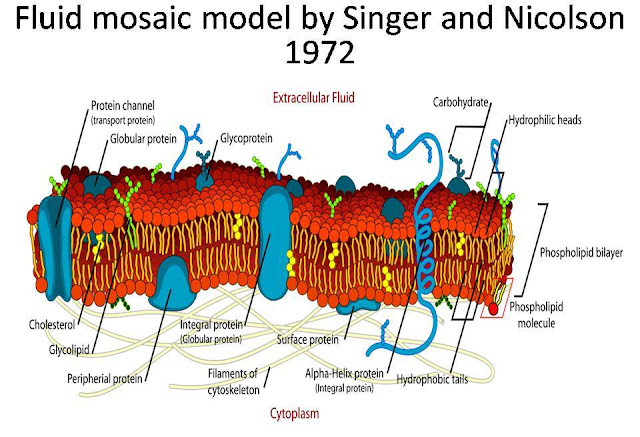

Receptor-mediated endocytosis – clathrin-coated pits provide the main route for endocytosis and transcytosis.Fluid-phase endocytosis – the plasma membrane infolds, bringing extracellular fluid and solutes into the interior of the cell.


5 K+ binding triggers release of the phosphate group. 3 Loss of phosphate restores the original conformation of the pump protein. 2 Concentration gradients of K+ and Na+ The shape change expels Na+ to the outside, and extracellular K+ binds. 1 Cytoplasm Phosphorylation causes the protein to change its shape. 6 Binding of cytoplasmic Na+ to the pump protein stimulates phosphorylation by ATP. Sodium-Potassium Pump Extracellular fluid K+ is released and Na+ sites are ready to bind Na+ again the cycle repeats. Uses ATP to move solutes across a membrane.Transported substances bind carrier proteins or pass through protein channels.Transport of glucose, amino acids, and ions.Membrane Junctions: Gap Junction Figure 3.5cĭiffusion Through the Plasma Membrane Figure 3.7 Membrane Junctions: Desmosome Figure 3.5b Membrane Junctions: Tight Junction Figure 3.5a Gap junction – a nexus that allows chemical substances to pass between cells.Desmosome – anchoring junction scattered along the sides of cells.Tight junction – impermeable junction that encircles the cell.Attachment to cytoskeleton and extracellular matrix Figure 3.4.2.Receptors for signal transduction Figure 3.4.1.


 0 kommentar(er)
0 kommentar(er)
